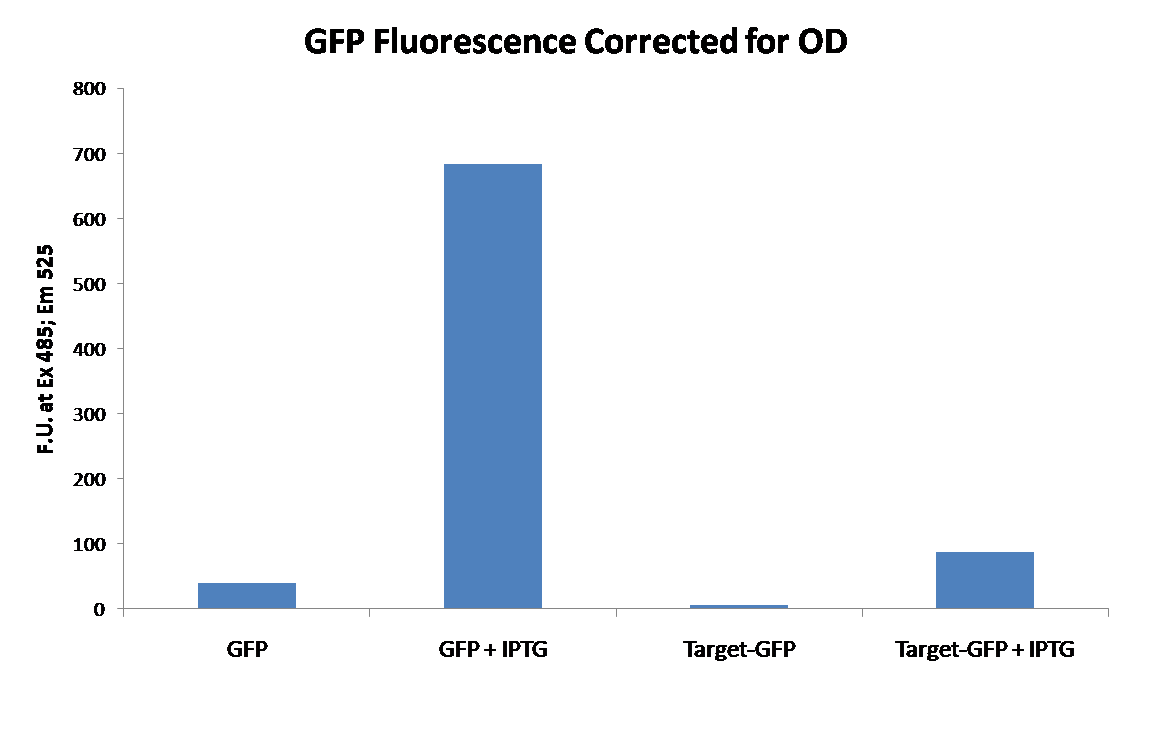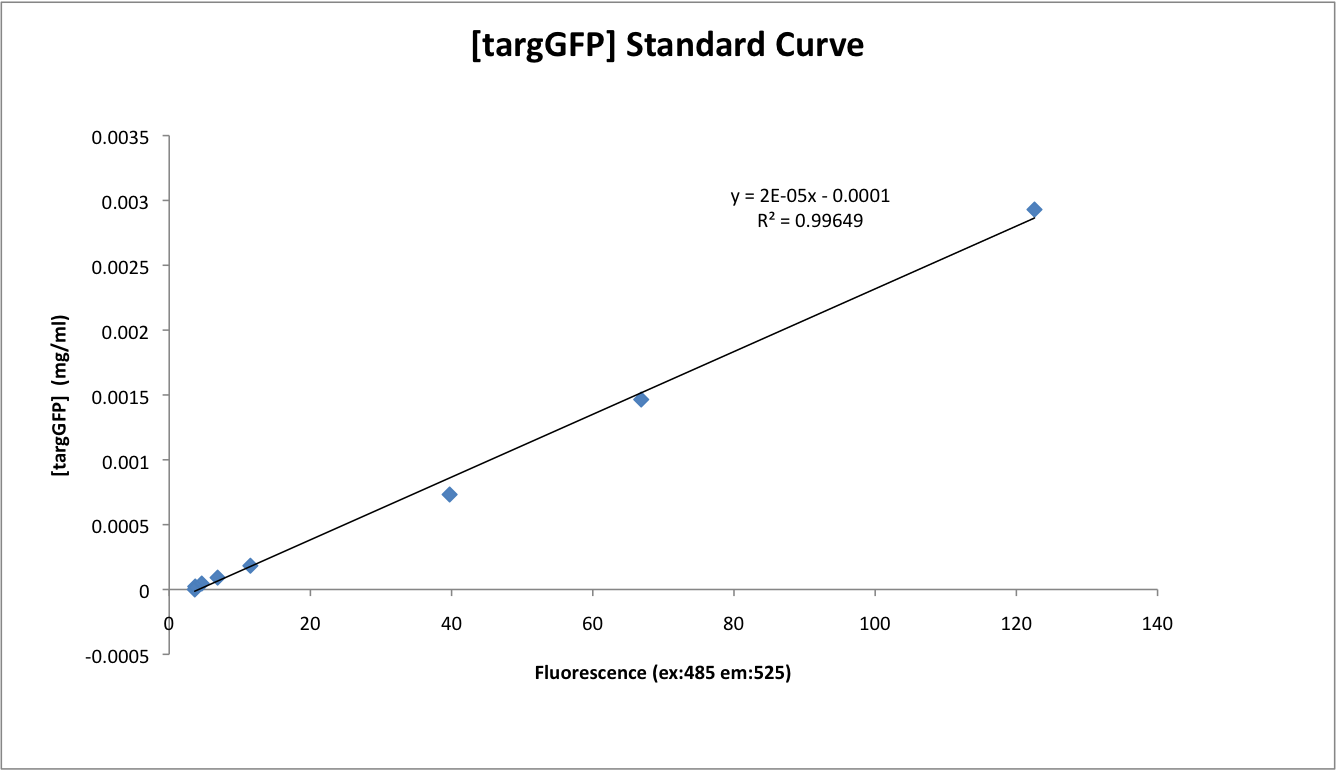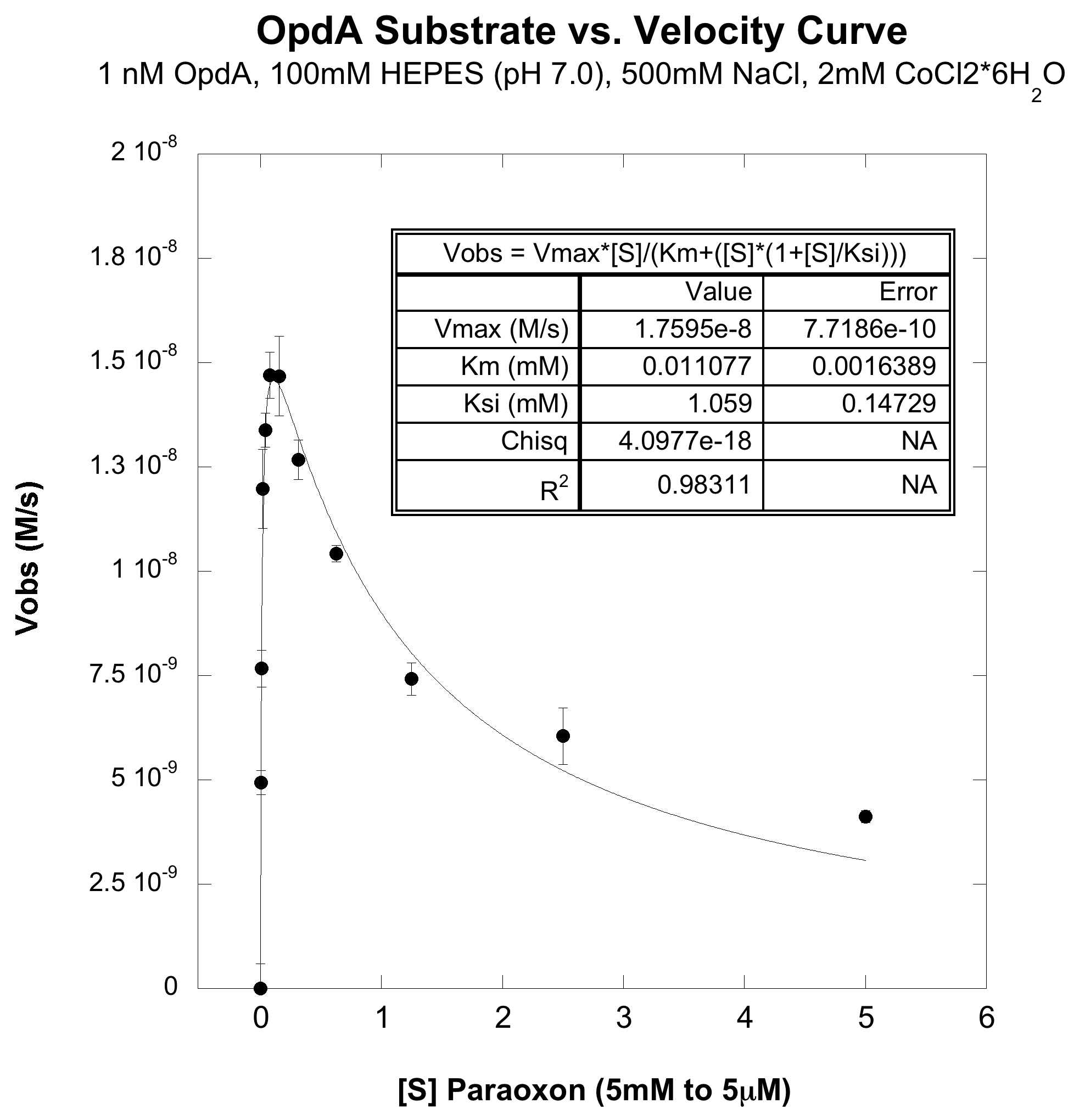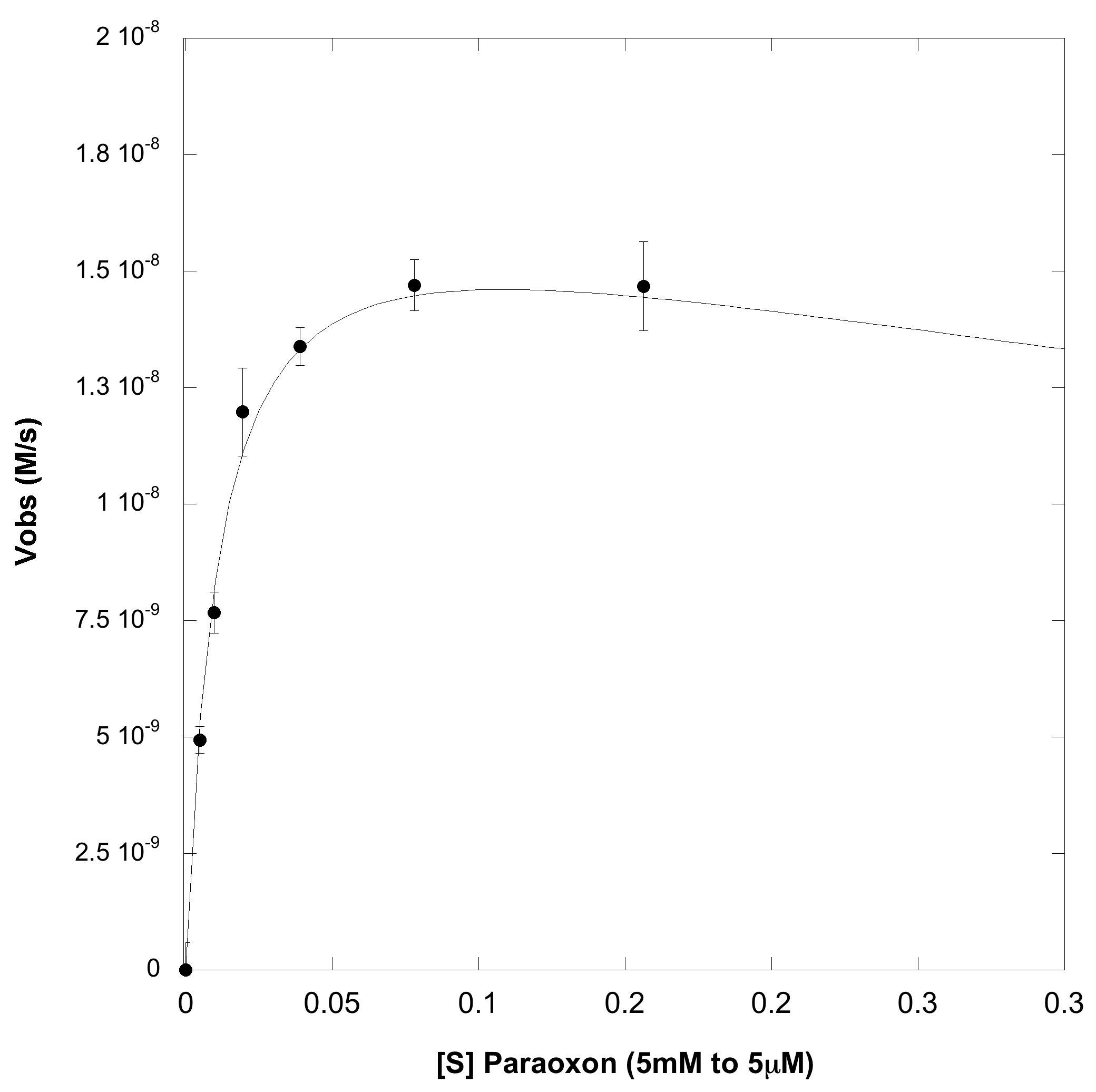Team:Washington/Project/Target
From 2009.igem.org
| Line 2: | Line 2: | ||
{{Template:Team:Washington/Templates/Header}} | {{Template:Team:Washington/Templates/Header}} | ||
| - | + | TARGET BANNER | |
| - | + | ||
=Background= | =Background= | ||
Revision as of 05:19, 15 October 2009
TARGET BANNER
Background
When a favorite protein (afp) is cloned into the target vector (BBa_K215002) two tags are fused onto the N and C terminal of afp. These tags are depicted below:
The first key feature of the target vector is the NheI restriction site, since this is where afp get's inserted. NheI is compatible with XbaI and SpeI, meaning that a biobrick digested at the X and S sites can be ligated into the target vector at the NheI site (for detailed protocol see: NheI Insertion Protocol).
At the N-terminus of the Target is the display (aka Nano) tag, which is a 15 amino acid sequence that binds to streptavidin. Since streptavidin is being displayed on the surface of the cell this allows our protein to stick to the outside of the cell, but can still be released by the addition of biotin. For more details see: Cellular Surface Display System .
At the C-terminus of the Target is a secretion tag (prtB) that is recognized by the Type I secretion system, which secretes proteins from the cytosol, through the periplasim, and into the media. For more details go to: Secretion System .
Flanking each side of the NheI site are 6 consecutive hisitidines (6x-His) and TEV protease sites. The histidines allow for traditional immobilized metal affinity chromatography (IMAC) protein purification. The TEV sites allows for the N and C terminal tags to be cleaved off of afp, and due to the strategic placement of the 6x-His tags these tags can then be seperated from afp by simply running the cleaved solution over a column in which the tags stick but afp flows right through.
Expression vector
After creating the target construct, we synthesized an expression vector to put it in, consisting of a strong inducible Lac promoter and a strong Ribosome Binding Sight in Psb1a3 creating (BBa_K215000). We then inserted the target construct into the expression plasmid creating BBa_K215002.
To test the functionality of the expression vector and expression vector + target construct, we inserted GFP into each and looked for fluorescence. Exact protocol here.
Experiments
We inserted and characterized two proteins within the Target Vector: GFP (BBa_E0040) and Opda (BBa_K215090). (For more background information on the enzyme Opda, see here).
Whenever fusion proteins are created, it is never guaranteed that they will maintain their original solubility and function. Thus, after inserting a protein coding sequence into the target, it must be expressed and its properties re-characterized.
Protein 1
After insertion of E0040 into the target construct, the tagged GFP (target-GFP) was found to still be soluble and fluorescent. The standard curve below shows how the fluorescence of the target-GFP correlates to its concentration. This curve was generated using target-GFP that was purified using a traditional IMAC technique.
Protein 2
OpdA
OpdA (BBa_K215090) is an organophosphate-degrading enzyme from Agrobacterium radiobacter. It is capable of degrading a wide range of organophosphates, most notably pesticides that are poisonous to humans, such as paraoxon. We chose to biobrick and submit this enzyme to the registry for a number of reasons. First and foremost, this enzyme is easy to assay for since it can hydrolyze substrates very quickly (e.g. paraoxon) and form a bright yellow product. This yellow product would make it easy to see that the OpdA was present and functioning in our system. And secondly, OpdA is a very useful enzyme that could have applications in future iGEM and other synthetic biology projects, so its presence in the Standard Registry of Biological Parts is beneficial.
Experiments
To fully characterize this part, we expressed and purified the OpdA biobrick using traditional techniques. We then used this purified OpdA to generate the kinetic data shown below on the substrate paraoxon.
From the above plot, it obvious that this enzyme does not exhibit the usual Michaelis-Menten dynamics. It can be seen that at high enough concentrations, the enzyme actually undergoes substrate-inhibition, wherein the extra substrate actually slows the enzyme's velocity.
The plot below is zoomed in on the lower substrate concentration, where OpdA is not substrate inhibited.
The display/Nano tag was retrieved from Lamla and Erdmann: [1]
The secretion tag/prt B was retrieved from Palacios et al: [2]
The TEV Recognition Site, ENHLYFQG, was retrieved from [3]
Need citations and speak on literature!!!
After insertion of K215090 into the target construct, the tagged Opda (target-Opda) was found to be....
Insert target-Opda data here!!!
 "
"






